These lenses include some of the best-performing and sharpest optics you can attach to the D3400, and to help you digest the scores, we’ve categorized the verified results into six groups: wide-angle up to 20mm, 35mm, 50mm, 85mm, 105mm, and super telephoto primes. We’ll give you a table of the top performers in each group, but as this review makes lens recommendations for the affordable entry-level D3400, our more in-depth analyses will concentrate on the top three sub-$1000 prime lenses in each group.
Best wide-angle prime: Sigma 20mm f/1.4 DG HSM A
We’ve tested 9 wide-angle prime lenses covering focal lengths between 14 and 20mm (21mm to 30mm equivalent), with scores ranging from a high of 31 points on the Sigma 20mm f/1.4 Art to a low of 13 points on the Sigma 14mm f/2.8 EX HSM.
The top three sub-$1000 performers are all 20mm options (30mm equivalent), which is still a wide angle on the D3400, but doesn’t offer an ultra-wide field of view. The clear winner with 31 points is the $899 Sigma 20mm f/1.4 Art, thanks to its class-leading sharpness and transmission scores, as well as solid all-round performance.
For a little less money, Nikon’s own $747 20mm f/1.8G ED also offers very solid overall performance, along with a f/22 minimum aperture for landscape or architectural photography. Light transmission and sharpness scores are lower than the Sigma, however, which is notably sharper at f/1.8.
If you’re after a wider field of view, the $325 Samyang 14mm f/2.8 IF ED UMC (21mm equivalent) is the highest-scoring ultra wide-angle prime on the D3400, achieving the same 17 P-Mpix sharpness as the top-ranked Sigma 20mm f/1.4 standard wide. The Samyang doesn’t boast great scores for distortion, vignetting and chromatic aberration, however — all of which would benefit from some correction in post-production; and as is often the case, the Samyang is a strictly manual-focus lens.
Best 35mm prime: Sigma 35mm f/1.4 DG HSM A
Offering an equivalent 52mm focal length on the D3400, a 35mm prime is a good multipurpose lens for portraits, street photography, and shooting in low-light, as these lenses tend to have “fast” maximum apertures that let in lots of light. We’ve tested ten 35mm primes on the D3400, with scores ranging from a high of 35 points on the Sigma 35mm f/1.4 A to a low of 21 points on the Tokina AT-X PRO 35mm f/2.8.
The top three are all below $1000, and again, it’s a Sigma Art lens that takes the crown, thanks to its class-leading sharpness and light transmission. Costing $899, the Sigma is the most expensive of the top three, but boasts the fastest f/1.4 maximum aperture, as well as offering good resolution at the wider apertures and excellent sharpness between f/2.8 and f/8.
The $599 Tamron 35mm f/1.8 is also a very good option, and although not quite as sharp as the Sigma overall, still offers good resolution at f/1.8 and strong uniform sharpness between f/2.8 to f/8.
Costing just $197, the own-brand Nikon 35mm f/1.8G is the value option. Overall sharpness is a step down from the top Sigma and Tamron competition, with some edge softness creeping at f/1.8 and f/8, as well as some noticeable chromatic aberration on RAW files. The Nikon 35mm is a smaller and lighter unit, however, which should appeal to D3400 shooters; and considering the inexpensive price point, it’s an attractive option.
Best 50mm prime: Sigma 50mm f/1.4 A
A 50mm prime offers a short-telephoto 75mm equivalent focal length on the D3400, making it a good option for portraits, general use, and street photography when you want to get a bit closer to your subject, and works well for event or low-light shooting. We’ve tested eleven 50mm primes on the D3400, with scores ranging from a high of 32 points on the Sigma 50mm f/1.4 A to a low of 21 points on the Carl Zeiss Planar T 50mm f/1.4.
So it’s a clean sweep for Sigma so far, with another one of their revered Art lenses taking the top spot for 50mm primes on the D3400. With a $949 price tag, it’s not a cheap option for the D3400, but it’s one of the sharpest sub-$1000 lenses you can get for this DSLR, realizing 19 P-Mpix of the D3400’s 24.2Mp sensor resolution. At the wider f/1.4 and f/1.8 apertures, the Sigma 50mm f/1.4 A offers very good sharpness in the center of the frame, with softer but very respectable edge sharpness; and using the mid-apertures between f/2.8 to f/8, it’s exceptionally sharp, offering around 80% P-Mpix, which is very good for a APS-C sensor.
Carl Zeiss also offer two top-performing 50mm options for the D3400 in their latest Milvus range, including the $1199 Milvus 50mm f/1.4 ZE and the $1283 50mm f/2M ZE.
With pretty hefty price tags for entry-level DSLR shooting, however we’ve chosen to focus more on the scores of the $599 Tamron SP 45mm f/1.8 Di and the now-discontinued Sigma 50mm f/1.4 EX DG.
The lenses in Tamron’s latest SP range are positioning themselves as high-grade, high-performance optics in the same vein as Sigma’s Art lenses. The SP 45mm f/1.8 is a great choice for the D3400, with a slightly wider focal length, f/1.8 maximum aperture and Tamron VC (Vibration Compensation) image stabilization built in, which is a feature the Sigma 50mm f/1.4 A doesn’t offer. Lower light transmission and low-light performance affects its overall score compared to the Sigma, and although its resolution isn’t as strong as the class-leading Sigma either, with some edge softness wide-open and slightly lower resolution at the mid-apertures, it’s still a sharp lens on the D3400.
Sigma’s older 50mm f/1.4 EX DG has now been replaced by the Art version, but if you can pick up one second-hand and in good condition for a couple of hundred bucks, it makes a good value option. Sharpness is almost on par with the Tamron SP 45mm f/1.8, and with better light transmission and low-light performance, the 50mm f/1.4 EX DG secures a respectable overall score of 26 points.
Best 85mm prime: Carl Zeiss Otus 85mm f/1.4
With an equivalent 127mm focal length on the D3400, an 85mm prime is a good option for head-and-shoulder portraits, or full-length if you can get far enough back, as well as low-light event photography, thanks to good light transmission on the fast-aperture models. We’ve tested eleven 85mm primes on the D3400, with scores ranging from a high of 34 points on the Carl Zeiss Otus 85mm f/1.4 to a low of 17 points on the Nikon 85mm f/3.5G.
If you’re after the very best prime for the D3400, the Otus 85mm f/1.4 is the second-sharpest lens we’ve tested with this camera, but with an eye-watering $4490 price tag, it’s not a realistic proposition for most D3400 shooters.
We’ve chosen instead to highlight three sub-$1000 models, including the $427 Nikon 85mm f/1.8G with 32 points, the $749 Tamron SP 85mm /1.8 Di with 31 points, and the $299 Samyang 85mm f/1.4 with 28 points.
Although the most expensive of the three, the Tamron 85mm offers exceptional sharpness of 20 P-Mpix, rivaling the much more expensive Otus option, and features image stabilization (VC), as well as a fast f/1.8 maximum aperture, making it a great choice for both low-light and shallow depth-of-field portrait photography on the D3400. Nikon’s own 85mm f/1.8G also boasts excellent light transmission, with solid scores for distortion, vignetting and chromatic aberration, too. Although its resolution is very good, it’s not quite on par with the Tamron, which is slightly sharper overall using the mid-aperture settings. Samyang’s 85mm f/1.4 is the value option at $299, boasting many comparable scores to the Nikon, including better light transmission, but the Samyang doesn’t have autofocus or image stabilization.
Best 105mm prime: Nikon 105mm f/1.4E
With an equivalent focal length getting close to 160mm, a 105mm prime on the D3400 offers a longish telephoto focal length for getting closer to sports or wildlife subjects, and there are a few 1:1 macro options in this category for super close-up photography. We’ve tested ten 105mm primes on the D3400, with scores ranging from a high of 30 points on the Nikon 105mm f/1.4E to a low of 22 points on the Sigma 105mm f/2.8 EX.
Nikon’s new 105mm f/1.4E offers the company’s latest electromagnetic diaphragm for more consistent exposures during burst shooting, and achieves solid overall scores, including excellent sharpness at 18 P-Mpix.
The top three lenses also feature a couple of Zeiss options, including the new Milvus 100mm f/2 and 1:1 macro Makro-Planar T 100mm f/2, which again boast great all-round scores. With all three of these lenses costing considerably over the $1000 mark, however, we’ve chosen to highlight the performance of cheaper options such as the $529 Tamron SP 90mm f/2.8 Di with 25 points, the $372 Tokina 100mm f/2.8 with 24 points, and the $897 Nikon 105mm f/2.8G with 24 points.
All three of these lenses offer 1:1 macro focusing and f/2.8 maximum apertures, making them a versatile choice for close-up photography, as well as event and possibly portrait photography on the D3400. The Tamron and Nikon options both feature image stabilization (VC Tamron and VR Nikon), which could be an important feature if you want to shoot close-up macro shots without a tripod. Light transmission and sharpness scores are down a little compared to the top performers, with slightly softer results compared to the highest-resolution lenses on the D3400, but sharpness at the wider and mid-range apertures is still very acceptable.
Best super-telephoto prime: Nikon 200mm f/2G
We round off our best D3400 primes review with a very quick look at super telephoto lenses that are really the preserve of professionals and very serious enthusiast photographers.
As such, there are no cheap super-telephoto primes available for the D3400, with all models costing several thousands of dollars, given that they feature large, high-quality glass, making them big, heavy, and expensive options for the D3400. We’ve tested seven super-telephoto primes on the D3400, with scores ranging from a high of 31 points on the Nikon 200mm f/2G to a low of 16 points on the Nikon 500mm f/4G. The top three performers include 200mm, 300mm and 400mm focal length options (equivalent to 300mm, 450mm and 600mm in 35mm terms), with each focal length better-suited to a particular sport or wildlife subject. If your photography demands that sort of reach, they’re all excellent lenses on the D3400.


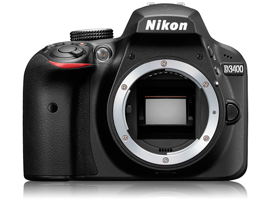
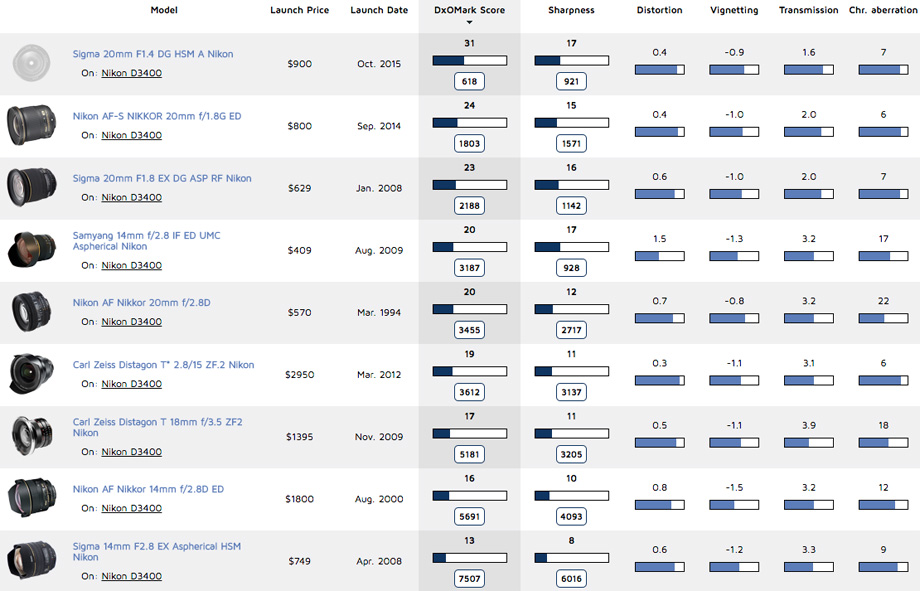
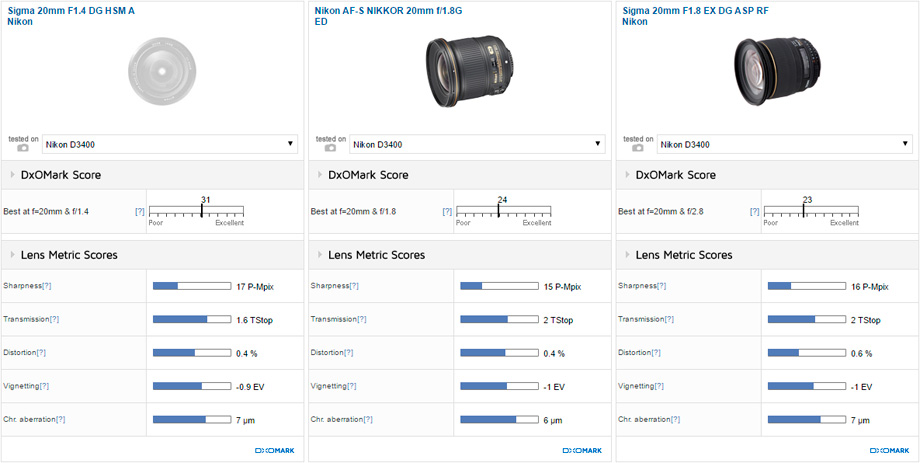


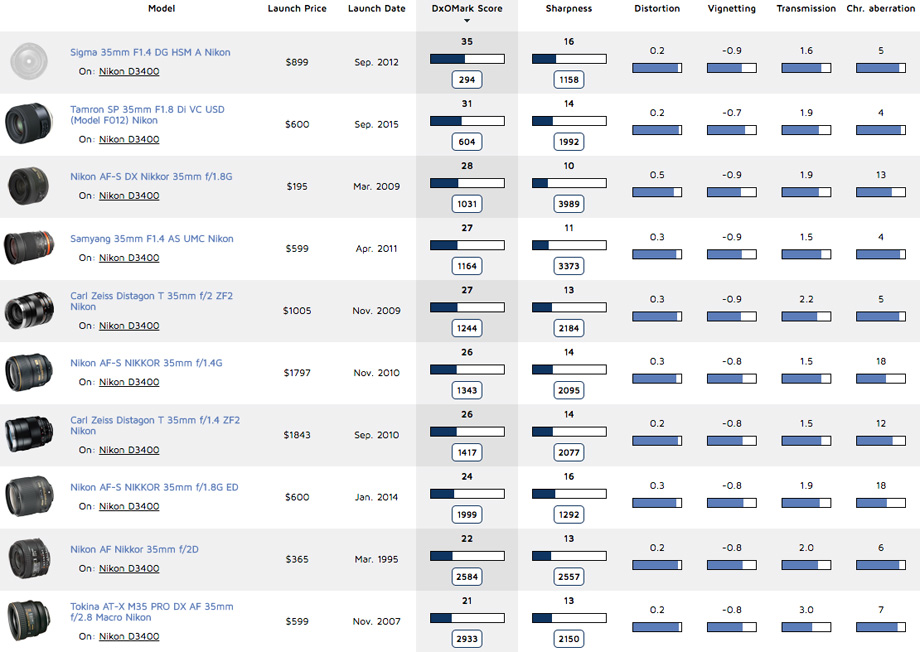
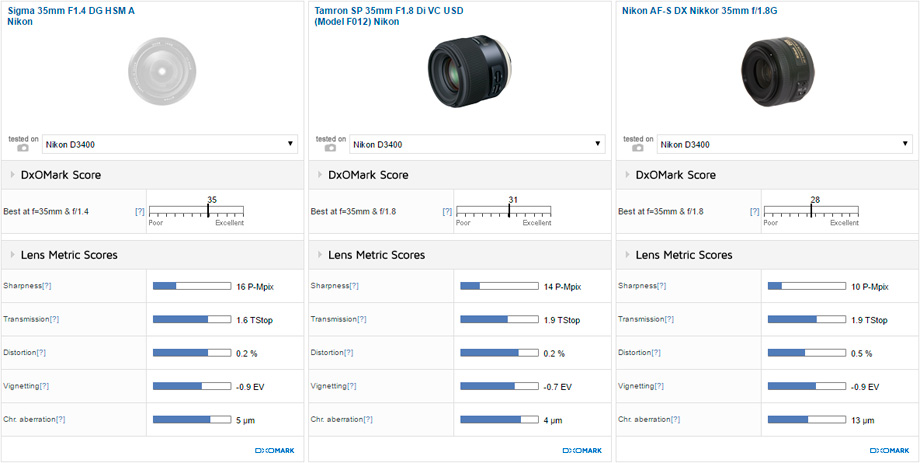
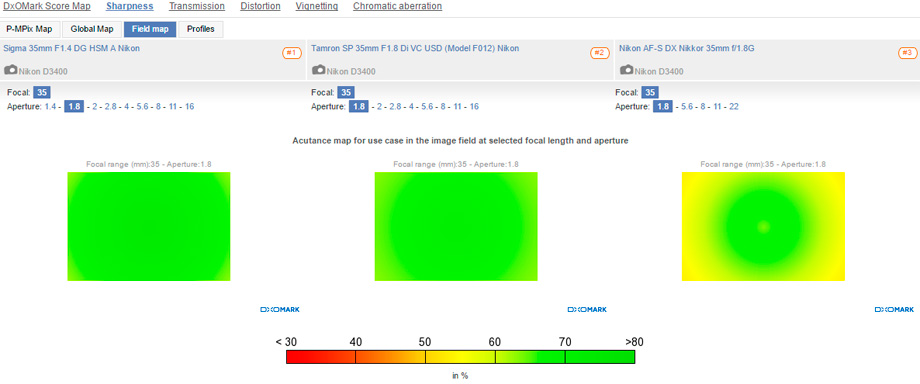
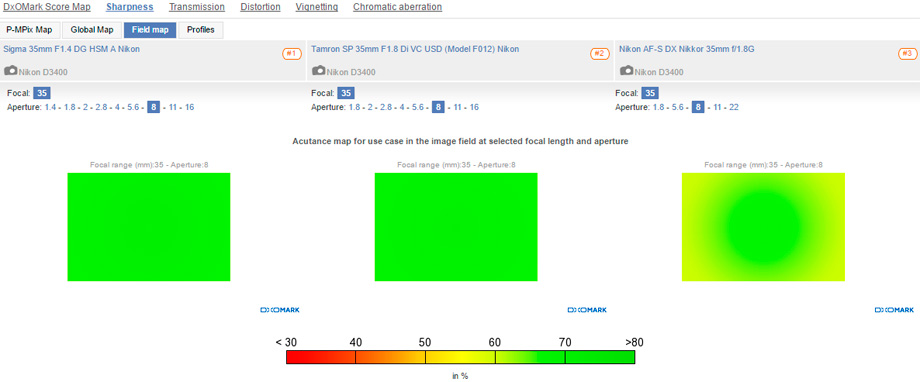

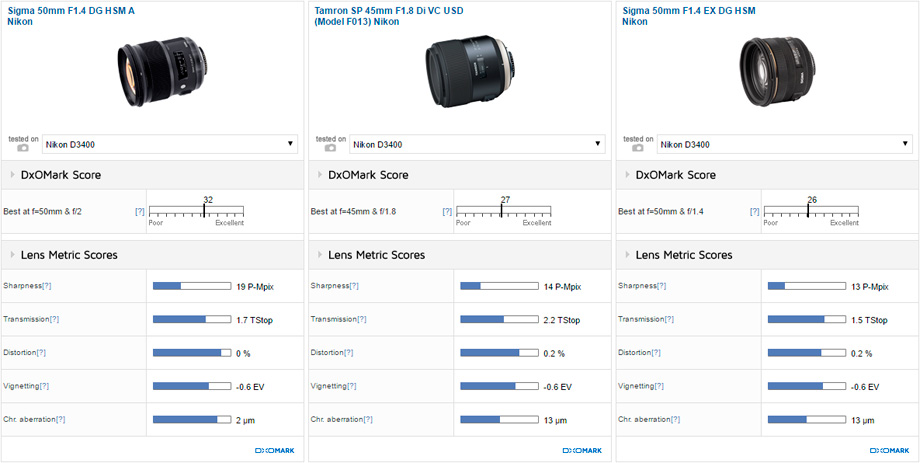
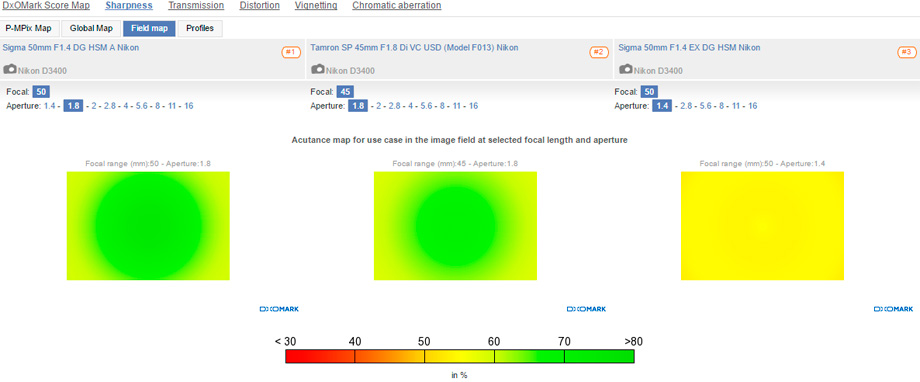


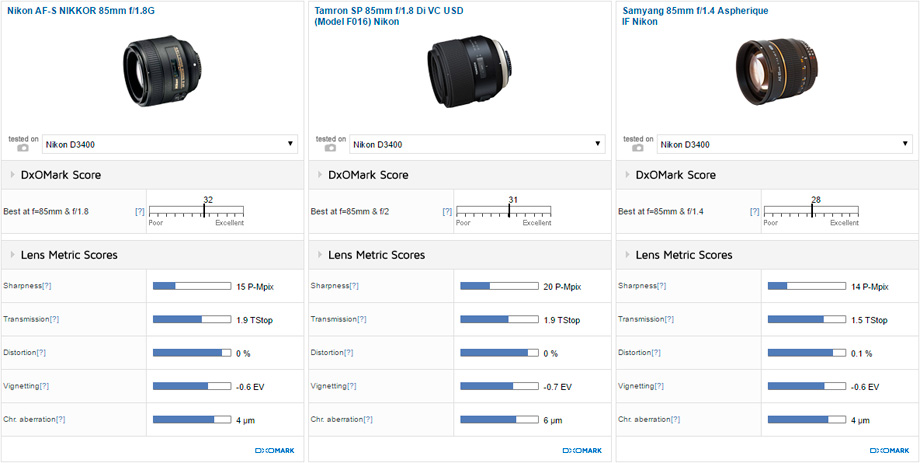
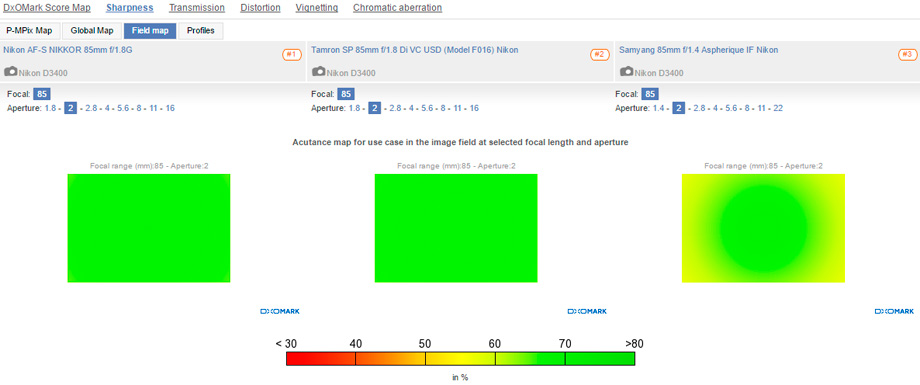
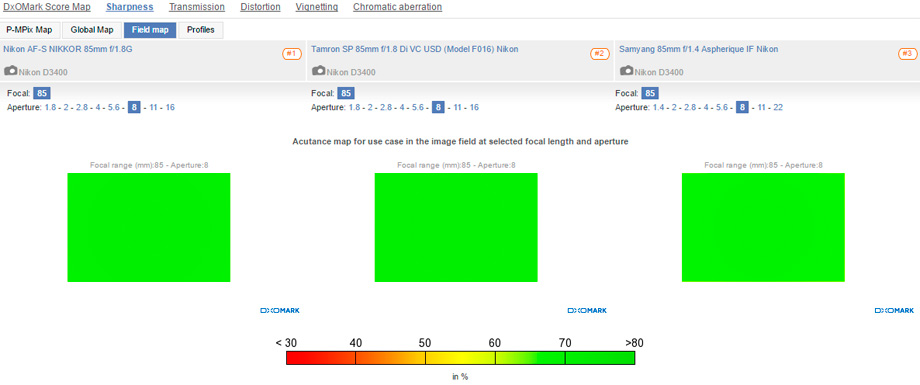
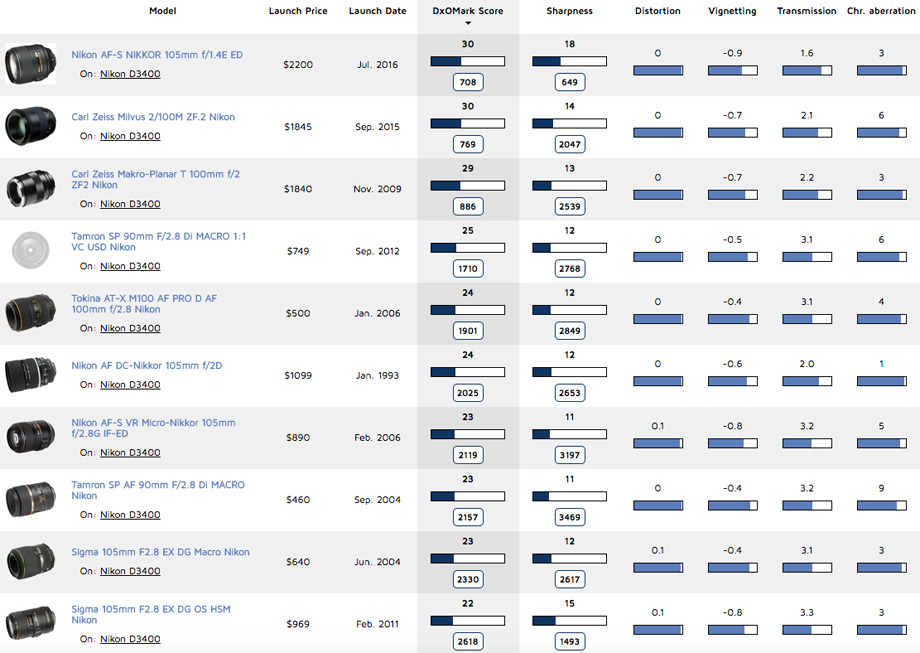
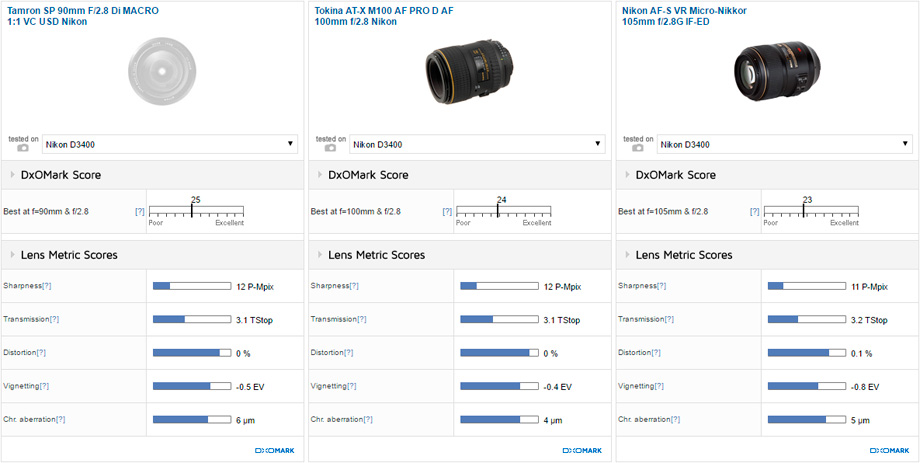
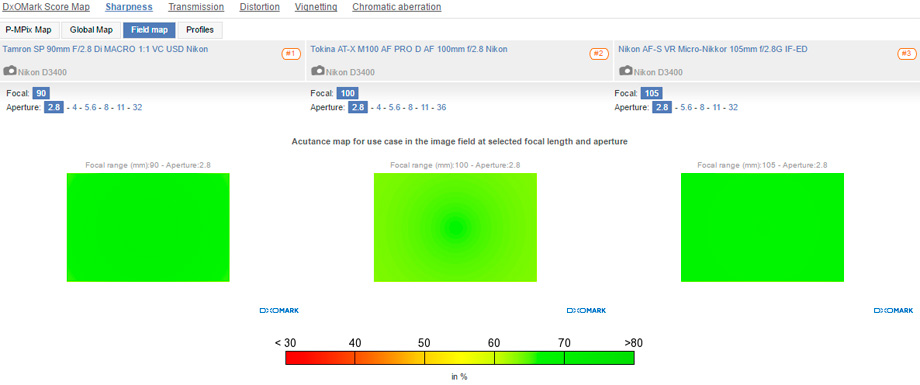
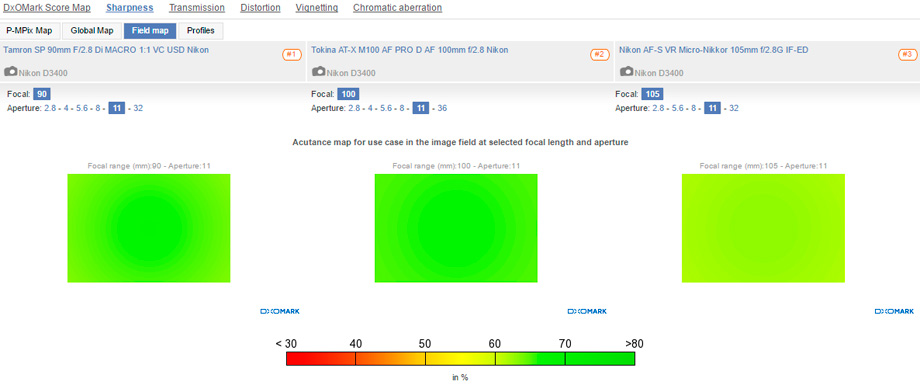

DXOMARK encourages its readers to share comments on the articles. To read or post comments, Disqus cookies are required. Change your Cookies Preferences and read more about our Comment Policy.